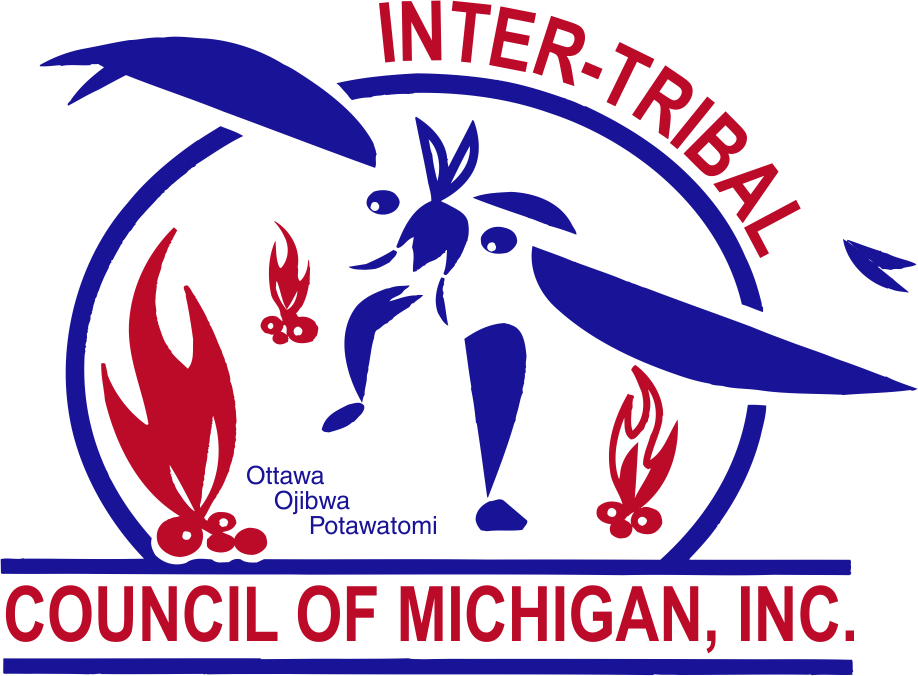Medicated Assisted Treatment
Medicated-Assisted Treatment

Medication-Assisted Treatment (MAT) is the use of medications, in combination with counseling and behavioral therapies to provide a “whole-patient” approach to the treatment of substance use disorders. Research shows that a combination of medication and therapy can successfully treat these disorders, and for some people struggling with addiction, MAT can help sustain recovery.
MAT is primarily used for the treatment of addiction to opioids such as heroin and prescription pain relievers that contain opiates. The prescribed medication operates to normalize brain chemistry, block the euphoric effects of opioids, relieve physiological cravings, and normalize body functions without the negative effects of the abused drug.
There are three drugs approved by the FDA for the treatment of opioid dependence: methadone, naltrexone, and buprenorphine. All three of these treatments have been demonstrated to be safe and effective in combination with counseling and psychosocial support:
- Methadone– clinic-based opioid agonist used in the treatment of opioid addiction; requires daily liquid dispensed only in specialty-regulated clinics.
- Naltrexone – (Vivitrol) office-based non-addictive opioid antagonist; daily pill or monthly injection.
- Buprenorphine– (Suboxone) office-based opioid agonist/ antagonist; daily dissolving tablet, cheek film, or 6-month implant under the skin and a new extended release injection.
Currently, MAT is available in several of the tribal health care systems. For more information on how to access medication assisted treatment through your local tribal health system please use the links to the right.
What’s this agonist / antagonist stuff?
- An agonist is a drug that activates certain receptors in the brain. Full agonist opioidsactivate the opioid receptors in the brain fully resulting in the full opioid effect. Methadone is a full agonist but does not provide the euphoria/high that heroin and other opioids do.
- An antagonist is a drug that blocks opioids by attaching to the opioid receptors without activating them. Vivitrol is an antagonist.
- Buprenorphine is a partial agonist meaning, it activates the opioid receptors in the brain, but to a much lesser degree than a full agonist. Buprenorphine also acts as an antagonist, meaning it blocks other opioids, while allowing for some opioid effect of its own to suppress withdrawal symptoms and cravings.
